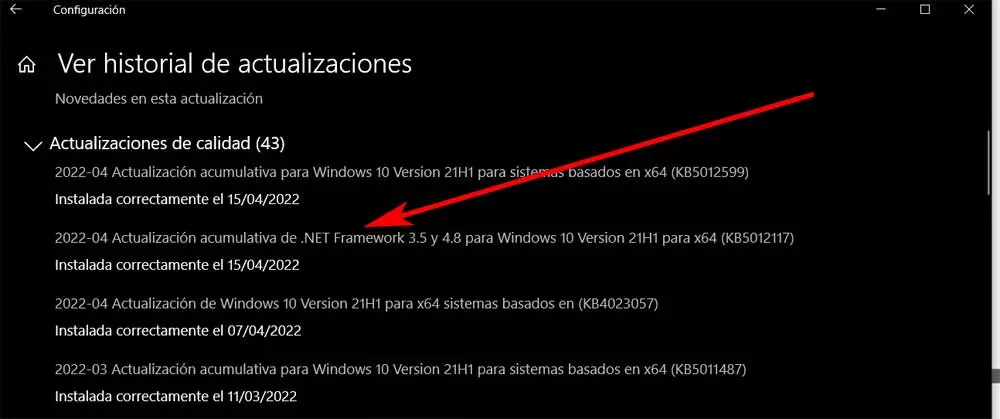
Today, it does not escape anyone who knows solid state drives that storage capacity is not among its strengths compared to hard drives. That is why talking about a 300TB SSD It sounds like a pipe dream today, however, all this depends on the context and it is that the statement has a certain trap.
We’ve always said that the best SSD for us would be one with the same size as a 2.5-inch drive, but with the speed and bandwidth of an M.2 type. In other words, it encompasses the best of both worlds. This already exists in U.2 connectors, but unfortunately PC motherboards do not have such a connector, which is more common in servers or data centers.
Will we see a 300TB SSD in 2026?
At least this is what he claims Pure Storagea company dedicated to the manufacture of storage devices based on flash memory when talking about its proprietary format, named as Direct Flash Module, which will allow them to have 300 TB SSD drives. Sounds good right? Well, the jug of cold water is that are intended to work only in their data centersso not only you will not be able to install them on your PCbut you also can’t install it on a server, even if it has a U.2 interface.
As you can see in the image, the drive is not exactly small in size and even exceeds a 2.5-inch SATA SSD, all to be able to contain a large number of flash memory chips of the TLC or QLC type that would allow the drive to reach 300 TB in 2026, which is when the capacity of the chips available on the market is high enough. In any case, as we have said before, it is not intended to be installed in a walk-up computer and it does not respect the standard form factor of the units on the market.
However, this opens up the possibility of a similarly high-performance unit for PCs, even if all we can think of is something in the form of a graphics card, but instead of housing a GPU and its VRAM, it houses the flash controller, 3D NAND chips, and corresponding RAM. All this with a heatsink with a fan on top in order to keep the unit cool. However, most users will continue to use M.2 modules as they do not need such large amounts of storage.
The devil is in the details
One of the ways in which we will see an increase in the capacity of SSDs will be in the fact that they will have real-time data compression and decompression mechanisms, which will allow them to store more information than they physically could in principle. This ability to encrypt and decrypt data would be integrated into the flash controller of the different drives, thereby increasing storage capacity without having to rely on higher capacity NAND Flash chips. All this is something that we hope to see in each and every one of the units as a common characteristic that will be integrated in the coming years.




